My Musician Interview Chronicles! - Acoustic Duo of Japan’s No.1 Guitarist Kazumi Watanabe and Shinichi Fukuda
In the previous Vagabond Synth Nerd’s Journal, I partially covered my interview with jazz guitarist Kazumi Watanabe and classical guitarist Shinichi Fukuda.
This time, I will focus on their rehearsal session and in-depth interviews. It’s a fantastic interview!
Astonished by the Sound Differences in Their Rehearsal!
Before the rehearsal, there’s one crucial thing to note: In large concert halls, there is always a stage manager. If you don’t properly greet and show respect to them, things can go terribly wrong. I once filmed an interview in a concert hall without knowing this, and I was scolded severely. It’s common sense among reporters—always be mindful of the stage manager.
As I filmed the session, I noticed something striking—one was a jazz guitarist, the other a classical guitarist, and their sounds were completely different. Not only the sound itself but also their entire approach to music varied greatly. To me, the difference felt as vast as that between English and Japanese. Watanabe’s sound was articulated in the familiar ‘language’ of Kazumi Watanabe’s guitar playing. On the other hand, Fukuda’s guitar was unfamiliar to me, which left me slightly disoriented. His phrasing was expansive, and his sound had a rich, flowing quality. The rhythmic feel and musical expression were entirely different from Watanabe’s.
Getting Scolded by Shinichi Fukuda During Their Rehearsal (Tears)
TV cameras are typically shoulder-mounted for filming. This setup allows for quick reactions and a more natural response as an interviewer. However, filming from the shoulder makes the subject highly aware of the camera, and since the camera’s viewfinder is at eye level, the subject often makes direct eye contact with the filmmaker, making natural shots difficult to capture. Even professional musicians can get distracted if a camera is too close.
Our filming technique involves using wide-angle lenses, meaning the camera is only about 70 cm from the subject. Furthermore, since we prioritize capturing audio along with the visuals, we film while moving slowly, without stopping the camera. To put it bluntly, this method can be quite intrusive.
Watanabe, who was used to documentary filming, didn’t seem to mind. However, Fukuda was not as comfortable, and I ended up getting scolded by him. I reflected on my mistake—I should have asked for permission more thoroughly beforehand.
After that, I adjusted my filming method and shot from waist level instead of shoulder level. This way, the subjects became less aware of the camera, allowing for a more natural recording.
The Interview: “How Do You Perceive Music and Sound?”
Once they got used to the filming, I conducted the interview. The differences in their musical approaches became evident during our conversation.
○ Shinichi Fukuda’s Interview
“The role of a performer is to connect the composer and the audience. This is the fundamental premise of classical music.”
“What’s fun about playing with Watanabe is the unexpected moves he throws at me. It challenges my mental flexibility.”
○ Kazumi Watanabe’s Interview:
“Even for the same song, how you approach the melody is crucial. Adding improvisation can make it more jazz-like.”
(Indeed, Watanabe frequently used Wes Montgomery-style octave playing during the performance.)
“Music and sound can be dreams, journeys, colors, or scents that can only be expressed through sound.” (Watanabe)
I was deeply struck by Watanabe’s final statement. That phrase itself embodies the essence of Kazumi Watanabe’s music and the sounds he creates.
At that moment, I caught a glimpse of the depth of his artistry.
Television news and programs often dislike ending with interviews. However, for this edition of Vagabond Synth Nerd’s Journal, I’ll conclude with Kazumi Watanabe’s remarkable words.
■ Recommended Album: Kazumi Watanabe - Lotus Night (2010)

A live performance featuring Kazumi Watanabe, vibraphonist Mike Mainieri, and pianist Warren Bernhardt, 30 years after Watanabe’s masterpiece Tochika.
The album includes two compositions by Mainieri, as well as jazz standards like “Autumn Leaves” and “Stella by Starlight”, and Baden Powell’s bossa nova classic “Berimbau”.
It has been about 15 years since my interview with Kazumi Watanabe. I hope you can feel the richness of sound and the jazz atmosphere these three musicians create. The improvisation by Watanabe, Bernhardt, and Mainieri is simply breathtaking.
Recommended Tracks: “Berimbau”
Particularly, Warren Bernhardt’s improvisation during the chorus is outstanding. Watanabe’s matured play is also nothing short of brilliant.
Recommended Tracks: “Stella by Starlight”
The introduction features a beautiful piano melody, followed by a vibraphone lead. Though in 4/4 time, the rhythm is uniquely interpreted.
Musicians, Albums, and Tracks Featured in This Article
- Musicians: Kazumi Watanabe, Warren Bernhardt, Mike Mainieri
- Album: Lotus Night
- Recommended Tracks: “Berimbau”, “Stella by Starlight”
The “sound & person” column is made up of contributions from you.
For details about contributing, click here.











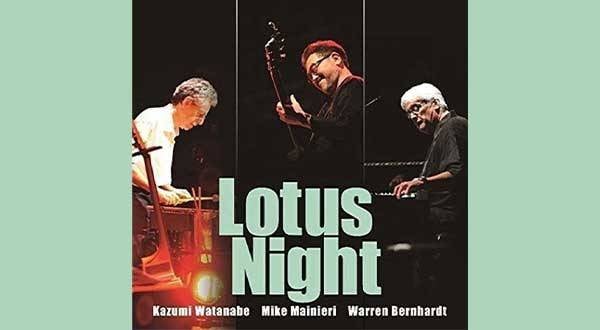
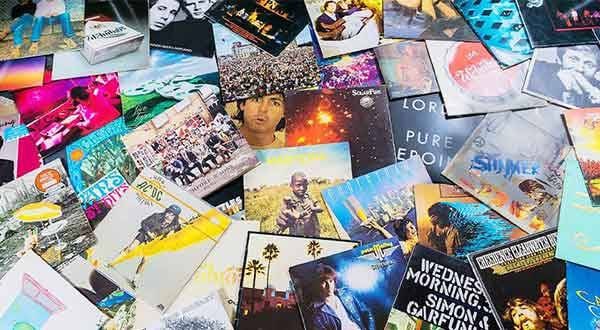
![How to use the neck - What guitarists should learn from John Mayer [Guitar Hero Posture Analysis]](/contents/uploads/thumbs/5/2020/8/20200819_5_10936_1.jpg)
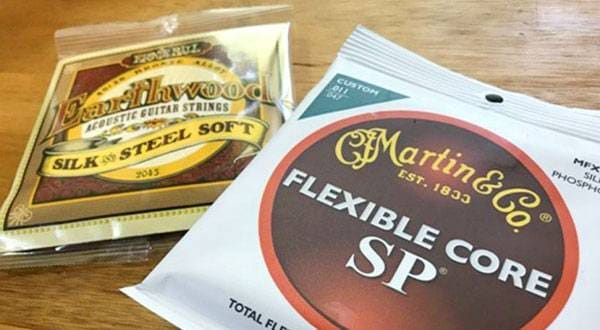
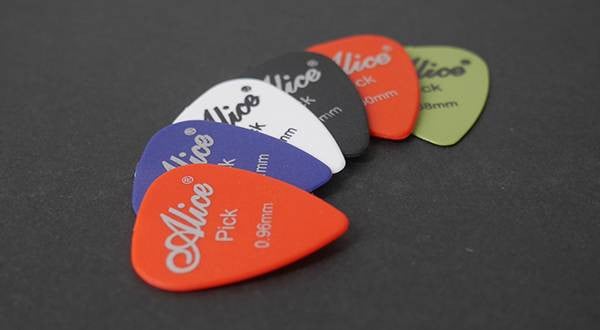
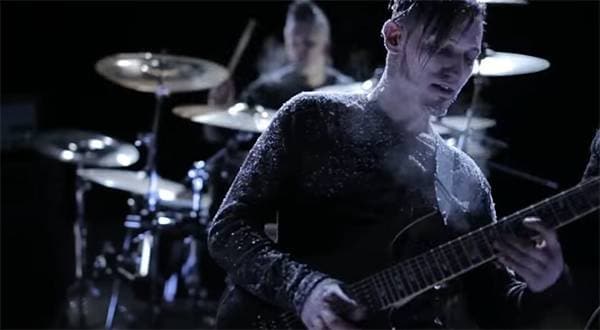
 ギターパーツの沼
ギターパーツの沼
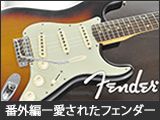 愛されたフェンダーギターたち
愛されたフェンダーギターたち
 ギター名人ラボ
ギター名人ラボ
 ギタースタートガイド
ギタースタートガイド
 めちゃラク!ギター講座
めちゃラク!ギター講座















